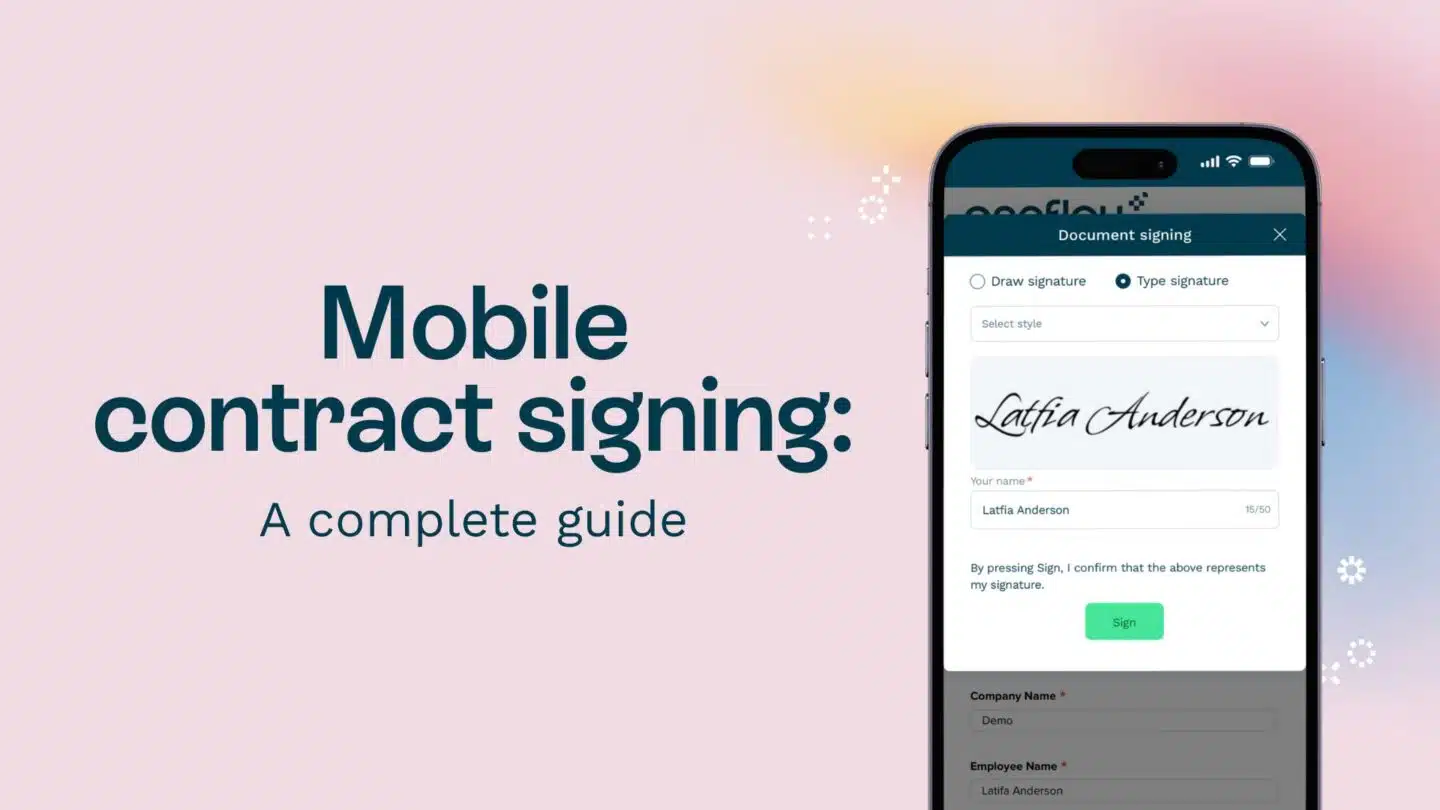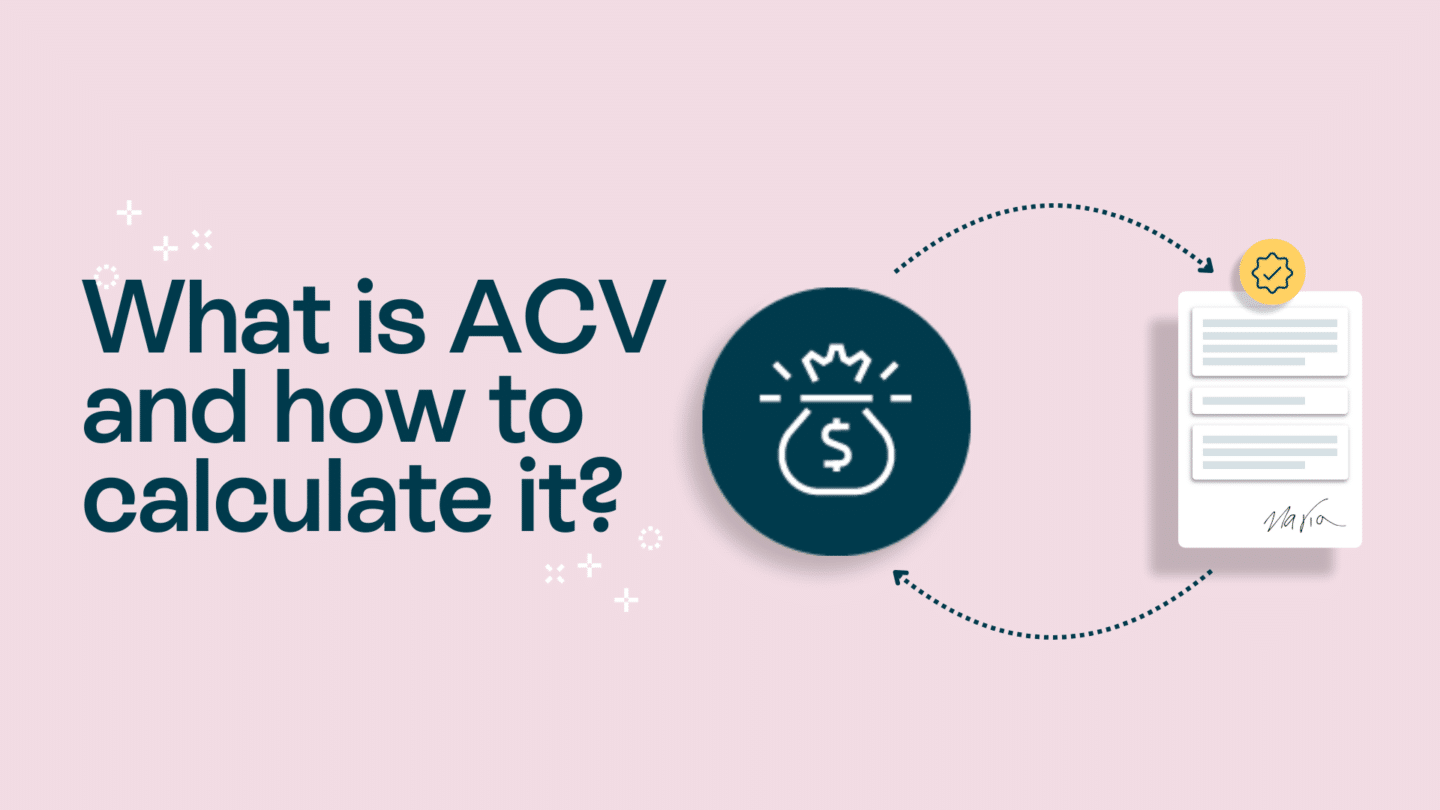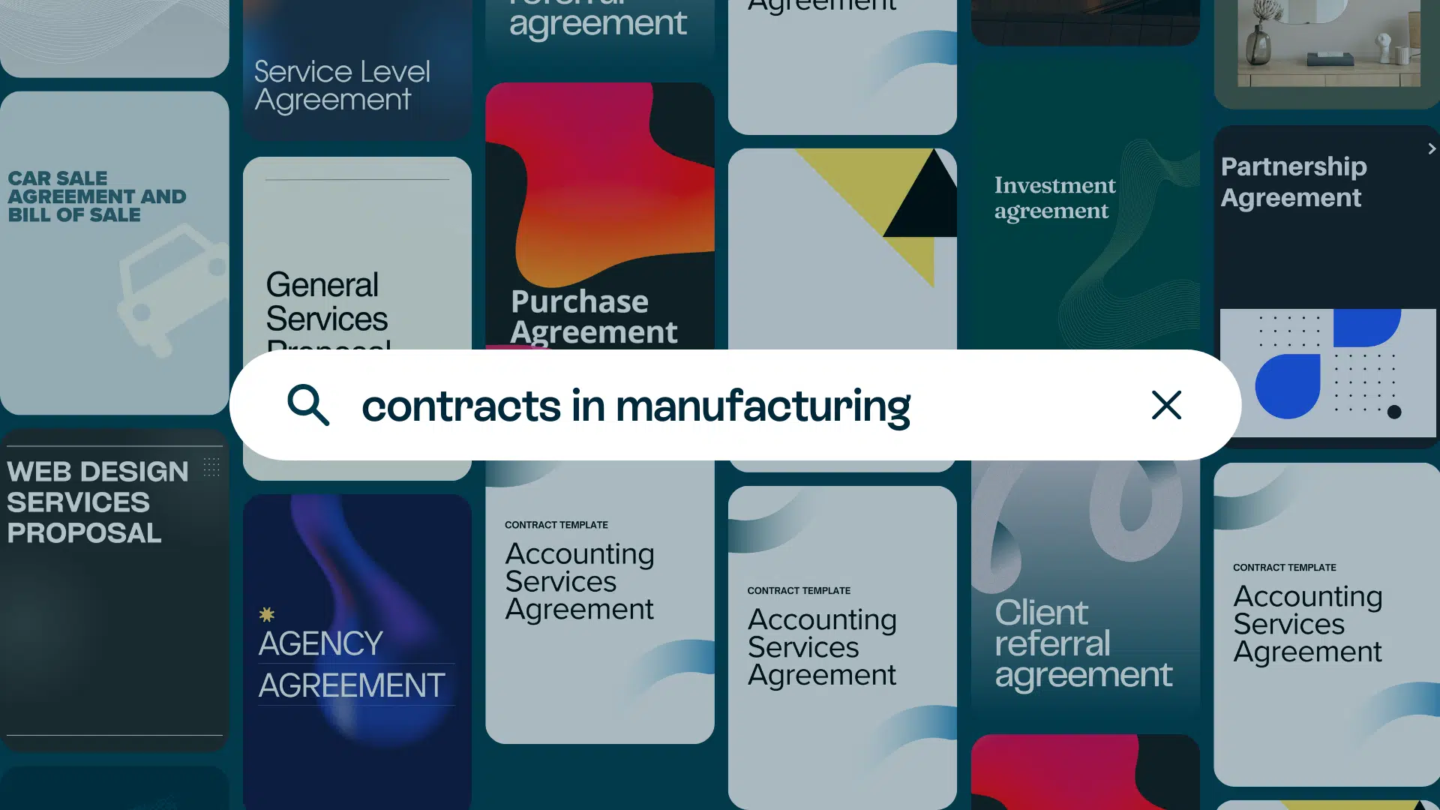In these difficult economic times, businesses are constantly seeking ways to improve efficiency and better their processes. One area often targeted for improvement is the sales process, which can be time-consuming and prone to errors. To address these challenges, many companies have started integrating e-signatures with their CRM systems.
In this article, we’ll take a look at the best practices and key benefits of integrating e-signatures with CRM systems, and why it is important for businesses to embrace this technology.
1. How integrating e-signatures with your CRM can streamline your sales process
Efficiency is key in the modern business world, and the sales process is no exception. By integrating e-signatures with your CRM system, you can eliminate the need for manual paperwork and streamline the signing process. This means no more printing, scanning, or faxing documents back and forth, saving valuable time and resources.
With e-signature integration, your sales team can generate documents directly within the CRM system and send them to clients for review and approval. The seamless integration allows for real-time updates and tracking, ensuring that all parties are on the same page throughout the process. This increased transparency and efficiency ultimately leads to shorter sales cycles and a more satisfied customer base.
Integrating e-signatures with your CRM can also enhance security measures. E-signature solutions often come with advanced encryption and authentication features, ensuring that all signed documents are secure and tamper-proof. This added layer of security not only protects sensitive customer information but also helps your business comply with data privacy regulations.
Another plus of e-signature integration is the ability to create personalised templates for frequently used documents. This feature can save your sales team significant time by automating the document creation process and ensuring consistency in branding and messaging. By leveraging these customised templates, your team can focus more on building relationships with clients and closing deals, rather than getting bogged down in administrative tasks.
Read also: If it’s not in Salesforce, it doesn’t exist

2. Why is e-signature software integration important?
Integrating e-signature software with your CRM system offers numerous benefits and advantages for your business. Firstly, it eliminates the risk of losing or misplacing important documents. With everything stored digitally, you can easily access and retrieve contracts, agreements, and other crucial paperwork whenever needed.
Additionally, e-signature integration enhances security and compliance. Most reputable e-signature software platforms offer advanced encryption methods and authentication processes, ensuring the integrity and confidentiality of your documents. This level of security is especially important when dealing with sensitive customer information.
Furthermore, e-signature integration promotes collaboration and teamwork. Sales teams can collaborate efficiently, sharing and editing documents in real-time. This eliminates the need for multiple versions of a document and confusion that can arise from separate email threads or file transfers. Everyone involved can access the most up-to-date version of a document, making collaboration smoother and more productive.
Moreover, integrating e-signature software can streamline your workflow processes. By automating the signing process, you can reduce the time spent on administrative tasks and focus more on strategic business activities. This efficiency not only saves time but also improves overall productivity within your organisation.
Another significant advantage of e-signature software integration is the ability to track and monitor document status. With real-time notifications and updates, you can easily keep track of where each document is in the signing process. This transparency helps in identifying bottlenecks and ensuring timely completion of agreements, leading to faster deal closures and improved customer satisfaction.
3. How to integrate e-signature software and best practices
Integrating e-signature software with your CRM system may sound like a complex task, but with the right approach, it can be seamless and straightforward. Here is a step-by-step guide to help you get started:
- Research and select a reputable e-signature software provider that integrates well with your CRM system
- Check for compatibility and ensure the software meets your company’s security requirements
- Work closely with your IT team or vendor to configure and customise the integration to suit your specific needs
- Train your sales team on how to effectively use the e-signature software and CRM integration
- Roll out the integration gradually, monitoring its effectiveness and collecting feedback from your sales team
Implementing e-signature integration may require some initial investment in terms of software licensing, training, and configuration. However, the long-term benefits far outweigh the upfront costs. Increased productivity, shorter sales cycles, enhanced data security, and improved collaboration are just a few of the rewards that businesses can reap by embracing this technology.
When selecting an e-signature software provider, it’s essential to consider factors beyond just integration capabilities. Look for features like audit trails, authentication methods, and compliance with industry regulations to ensure that your electronic signatures are legally binding and secure. Additionally, consider the scalability of the software to accommodate your company’s growth and evolving needs.
Customising the integration between your e-signature software and CRM system is crucial for maximising efficiency and streamlining workflows. Tailoring the software to align with your specific business processes can lead to significant time savings and improved accuracy in document management. By involving key stakeholders from different departments in the configuration process, you can ensure that the integration meets the diverse needs of your organisation.
Read also: 10 best practices of using CRMs

The key takeaways
E-signature integration with CRM systems offers businesses a myriad of advantages by streamlining the sales process, enhancing data security, and promoting collaboration. From eliminating manual paperwork to ensuring document integrity, e-signature software has become an essential tool for modern businesses.
By following best practices and carefully selecting an e-signature software provider that seamlessly integrates with your CRM system, you can streamline your sales process, delight your customers, and stay one step ahead in today’s competitive marketplace. Embrace the power of e-signatures and experience the benefits for yourself.







